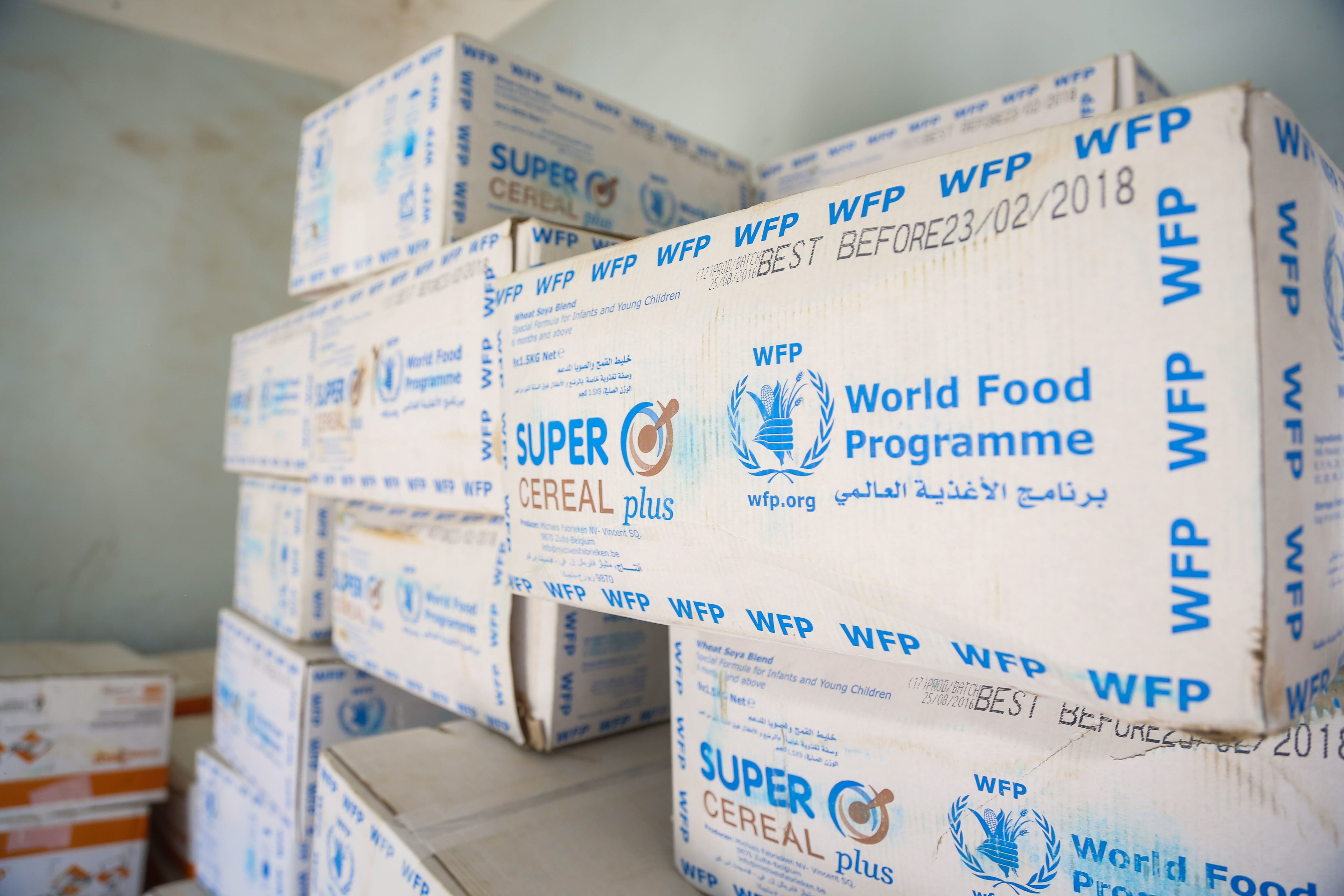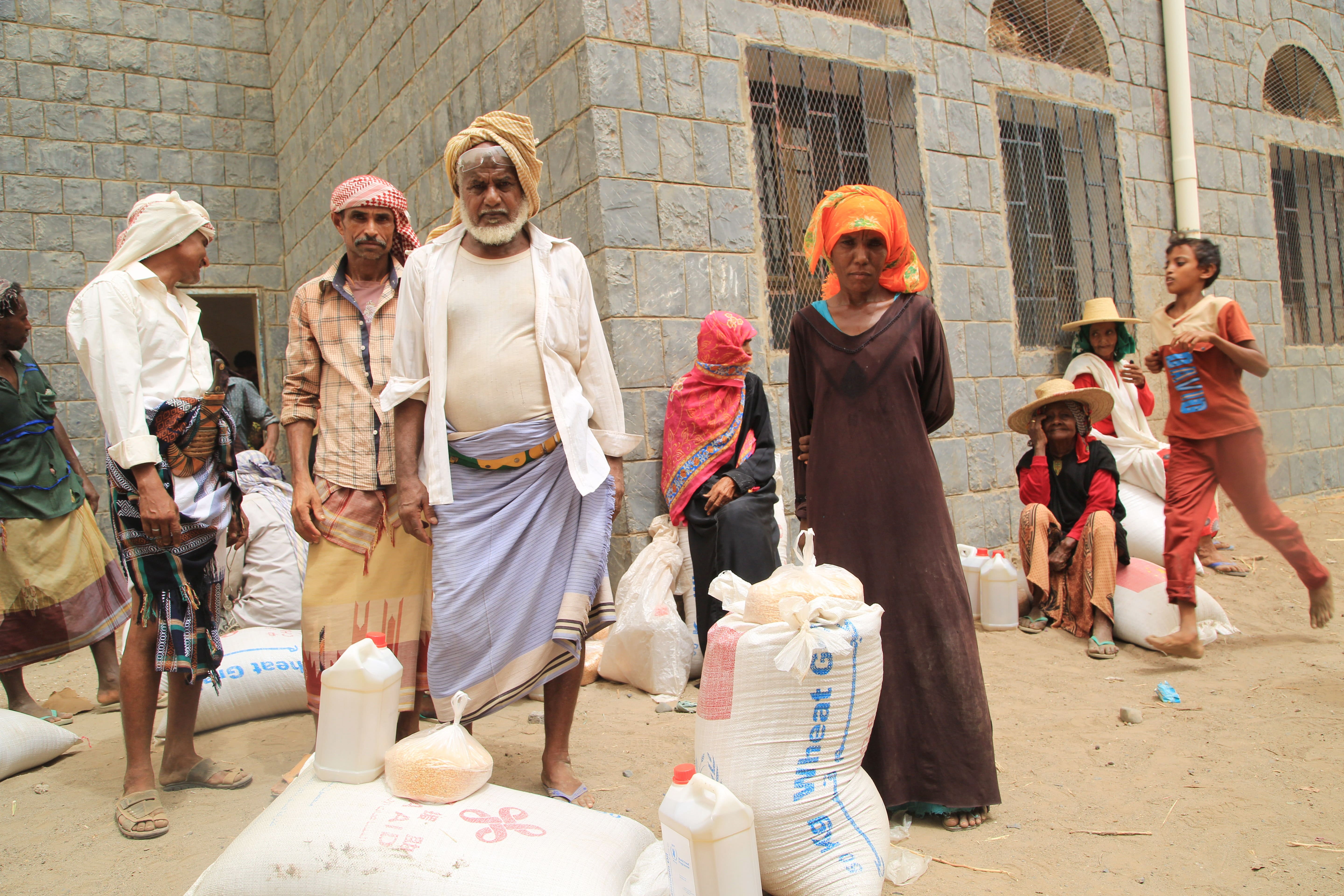6 Troubling Facts About the Looming Famine in Yemen

After four years of conflict and destruction, Yemen is teetering on the brink of famine. The country’s humanitarian crisis has become the largest on the planet.
Right now the World Food Programme (WFP) is providing food assistance in one of the most challenging environments imaginable.
Here’s what you need to know:
- An estimated 20 million people — or two-thirds of the country’s population — are food-insecure, which means they do not have enough food to meet their daily caloric and nutritional requirements.
- A child in Yemen dies every 10 minutes of preventable causes, including malnutrition, diarrhea and respiratory infection. In the city of Hodeidah, where malnutrition rates are among the worst in the country, health workers have described children who are too weak to open their mouths and eat the specialized foods they are given to treat malnutrition.
- Blocking access to food for the entire population continues to be used as a weapon of war. U.N. Aid Chief Mark Lowcock warned that access constraints could result in “the largest famine the world has seen for many decades with millions of victims.”
- Before the conflict escalated, Yemen imported up to 90 percent of its food. Damaged infrastructure, reduced capacity and insecurity have created significant delays for all vessels entering ports.
- WFP is currently scaling its response to feed 12 million of the most vulnerable Yemenis each month.
- However, WFP needs more support. Is has an urgent unmet funding need of $1.5 billion for its operations in Yemen. That’s how much is needed to continue feeding everyone who needs help in 2019.
See the latest updates on the situation in Yemen.

Nutritional supplements, Super Cereal Plus and Plumpy’Sup, which are distributed to mothers and children at Alaghmoor Health Centre in Manakha City.
WFP’s Response to Famine in Yemen
Over the course of October 2017, WFP reached 7.2 million people with food assistance. Because of financial constraints, however, only about half of these people are receiving full rations, while the rest receive smaller rations that cover 60 percent of their monthly needs.
WFP has been gradually scaling up to provide specialized nutritious foods to 1.8 million people, including children between 6 months old and 5 years old, as well as nursing and pregnant mothers. If all malnourished children had access to timely treatment and care, their full recovery would take only a few months.
In response to the cholera response led by the World Health Organization and UNICEF, WFP is using its logistical expertise to set up diarrhea treatment centers and oral rehydration centers, as well as providing IT support and transporting medical and humanitarian supplies. As of late July 2017, the agency was also providing food assistance for patients and caregivers in more than 100 treatment centers.

WFP distributed wheat flour to the most deprived families in an area with one of the worst malnutrition rates in Yemen.
Unfortunately, WFP’s Yemen operation is only 40 percent funded as of November 2017, despite generous contributions by the U.S. government. WFP cannot continue its work without the support of people like you.




